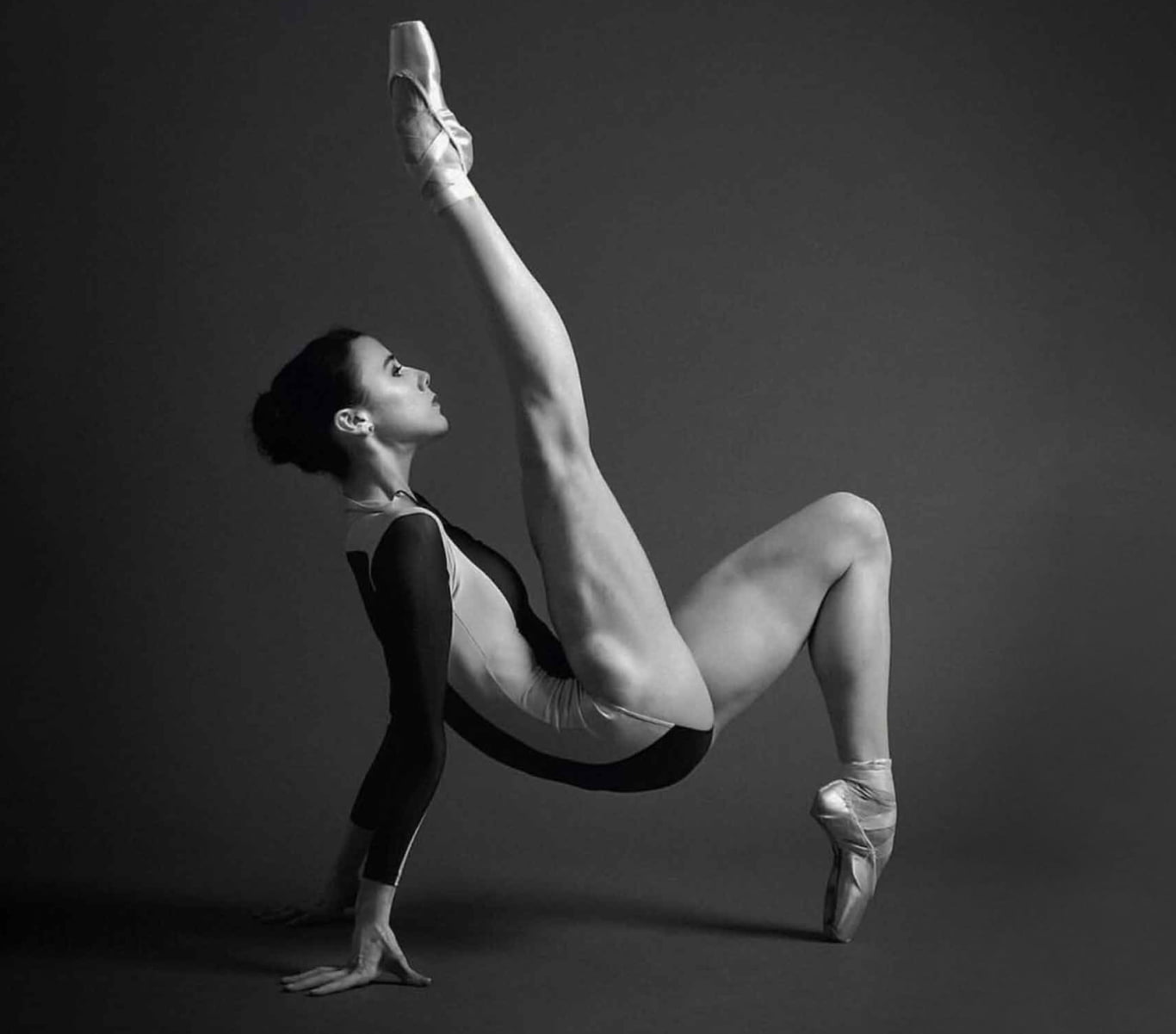This year has seen a series of Twitter shake-ups. With the company struggling to compete with the likes of Facebook, CEO Jack Dorsey proposed a number of tweaks to the format of the micro-blogging site earlier this year. While some suggested changes have been welcomed with open arms, others have been thwarted by the uproar of Twitter fans. The latest revelation, according to a report by Bloomberg, is that Twitter is planning to stop counting photographs and links as part of the 140-character limit.
Although the news has not yet been confirmed by Twitter, it is reported that the change could happen within the next two weeks. It may seem like a subtle change, of interest only to PRs and avid tweeters. However, crucially it marks a significant step towards the rejection of the 140-character limit that is so central to Twitter. Links currently take up 23 characters, while images take up 24 characters, meaning that users will potentially have an extra 47 characters at their disposal.
Why the change?
Social media platforms are constantly evolving and looking for new ways to engage their users. Adapting to user behaviours and trends is a key part of this, which prompted Jack Dorsey’s proposal earlier in the year to abandon the 140-character limit. This highly controversial idea led to a full-on Twittersphere meltdown; as a result, the character limit remains in place. For now.
With Facebook and Instagram providing buckets of visual content, Twitter’s lack of media and over-reliance on text has long been a problem, exacerbated by the frustrating character limit. This new proposed change is a way of providing some light relief to the restraints; tackling the media predicament without going the full hog of completely ditching the character limit.
This isn’t Twitter’s first attempt at addressing the popular content issue. Over the course of the year, Twitter has found alternative methods of enabling greater freedom without compromising on its defining character limit feature.
Quoted tweets, images, videos, GIFs, audio files and vines can now all be embedded, leaving users with more characters to play with. In a step that appeared to tackle the intense competition from Facebook, Twitter also allowed multiple images to be attached to a tweet. Furthermore, the ban on links to other websites was lifted and a new limit of up to 10,000 characters via direct message was introduced.
More Freedom, More Media
All these tweaks have contributed to an overall increased sense of freedom with Twitter usage, culminating with the latest announcement on the exclusion of pictures and links from the character limit. This change will no doubt go some way to addressing the Twitter sceptics who consider the character limit to be obnoxious and restricting. Yet at the same time, the change doesn’t take it so far as to cause another wave of upset amongst the Twitter community.
Another positive to be taken from this change, as mentioned above, is that it may encourage greater use of media. As the unprecedented popularity of Facebook and Instagram has proved, visual media is a powerful tool in engaging users. Studies show that tweets accompanied by images or other media files boast far higher engagement rates than just text based tweets. Currently the tendency of media files to hog valuable character space has caused endless frustrations for users, with even the canniest of wordsmiths struggling to get their point across. Therefore we anticipate the new change to be widely praised.
Bigger Changes to Follow?
Any tweak to the very foundations of tweeting will generate at least a little backlash. Although this new change appears to be a compromise on the complete scrapping of the character limit, it could be taken as a step in the #beyond140 direction. Is this just Jack Dorsey testing the water before a bigger change?
The reported decision not to include links and pictures as part of the 140-character limit is a small but significant step away from the traditional restrictions of Twitter and towards the more media-focussed freedom that characterises platforms like Facebook. The reaction so far has been one of welcome with #finally being banded around the Twittersphere.
Yet we fear the change is not going to bring in any new users – the number one complaint amongst its shareholders and those debating whether to continue marketing efforts on Twitter. It is simply not a big enough alteration to warrant that sort of reaction. It’s certainly not going to solve Twitter’s bigger problem of increasing its user base, so what other changes does the future hold for the Twittersphere? We wait with bated breath.
Yellowball is a London Based SEO & Web Design Agency!

















